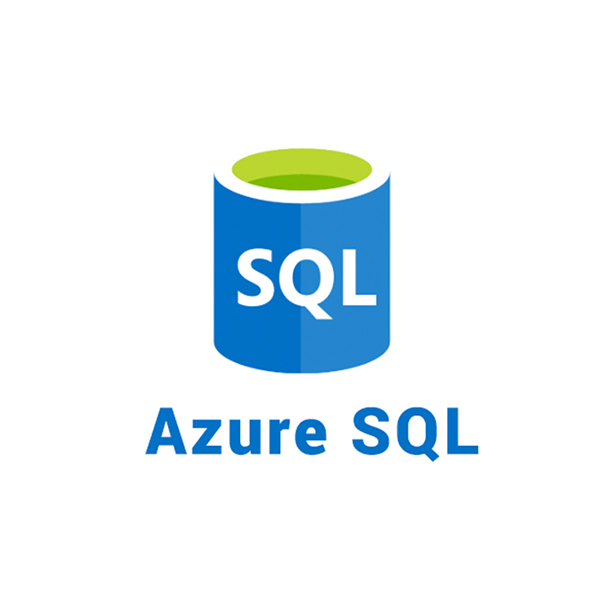
In this chapter, we delve into the transformative impact of Azure SQL Database on the world of data management. Let’s uncover the foundational architecture, explore its capabilities, and understand how it revolutionizes the way we handle relational databases.
Foundations and Architecture:Azure SQL Database is built on a foundation of cloud-native architecture, offering a scalable, fully managed database service. This architecture eliminates the need for you to worry about server provisioning, maintenance, and patching, allowing you to focus on application development and data insights.
Setting Up Your First Azure SQL Database: Bash Script
bash
# Set your resource group and database details
resourceGroup="myResourceGroup"
serverName="mydemoserver"
databaseName="mydatabase"
adminLogin="myadmin"
adminPassword="MyP@ssw0rd123"
# Create a resource group
az group create --name $resourceGroup --location eastus
# Create a logical server in the resource group
az sql server create --name $serverName --resource-group $resourceGroup --location eastus --admin-user $adminLogin --admin-password $adminPassword
# Configure a firewall rule to allow connections from your IP address
az sql server firewall-rule create --resource-group $resourceGroup --server $serverName --name AllowYourIp --start-ip-address 0.0.0.0 --end-ip-address 0.0.0.0
# Create a blank database on the server
az sql db create --resource-group $resourceGroup --server $serverName --name $databaseName --service-objective S0
Guardians of the Gate: Firewall Rules and Security Protocols:Azure SQL Database offers a multi-layered security model to protect your data. By setting up firewall rules, you control who can access your database. Additionally, you can configure user authentication, roles, and permissions to ensure authorized access only.
Configuring Firewall Rules with Azure CLI:
bash
# Set your resource group and server details
resourceGroup="myResourceGroup"
serverName="mydemoserver"
# Allow connections from a specific IP range
az sql server firewall-rule create --resource-group $resourceGroup --server $serverName --name AllowSpecificIp --start-ip-address 10.0.0.1 --end-ip-address 10.0.0.10
Enforcing Security with Role-Based Access Control (RBAC):
bash
# Set your resource group and server details
resourceGroup="myResourceGroup"
serverName="mydemoserver"
# Add a user with the "db_datareader" role
az sql server ad-admin create --resource-group $resourceGroup --server $serverName --display-name MyAdmin --object-id [Azure AD Object ID]
az sql server ad-admin update --resource-group $resourceGroup --server $serverName --display-name MyAdmin --role db_datareader
Conclusion:Azure SQL Database disrupts the data management landscape by offering cloud-native architecture, high availability, and streamlined maintenance. As we journey through this guide, you’ll unlock the full potential of Azure SQL Database, transforming the way you manage relational databases and unleashing a new era of data-driven possibilities.

0 Comments